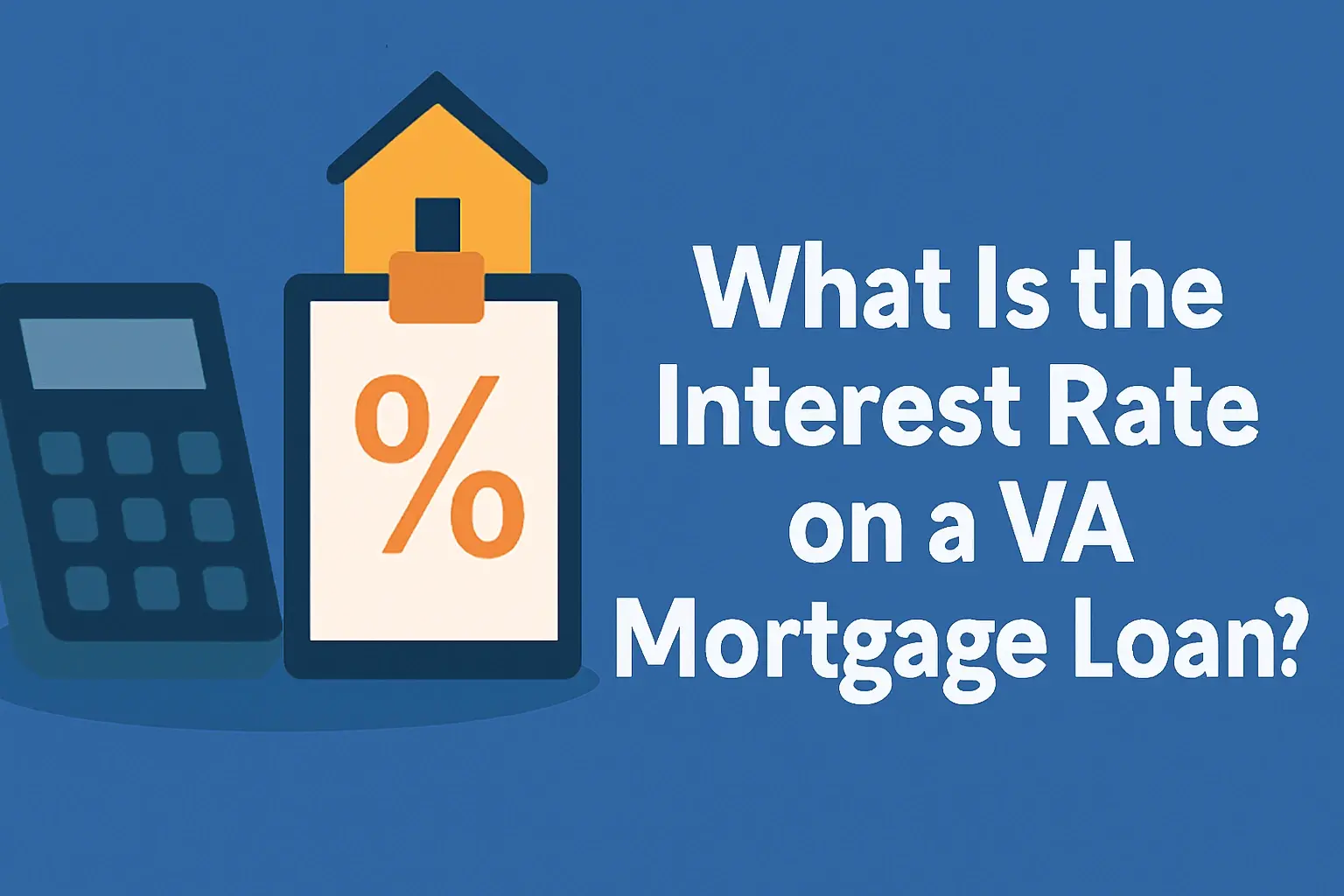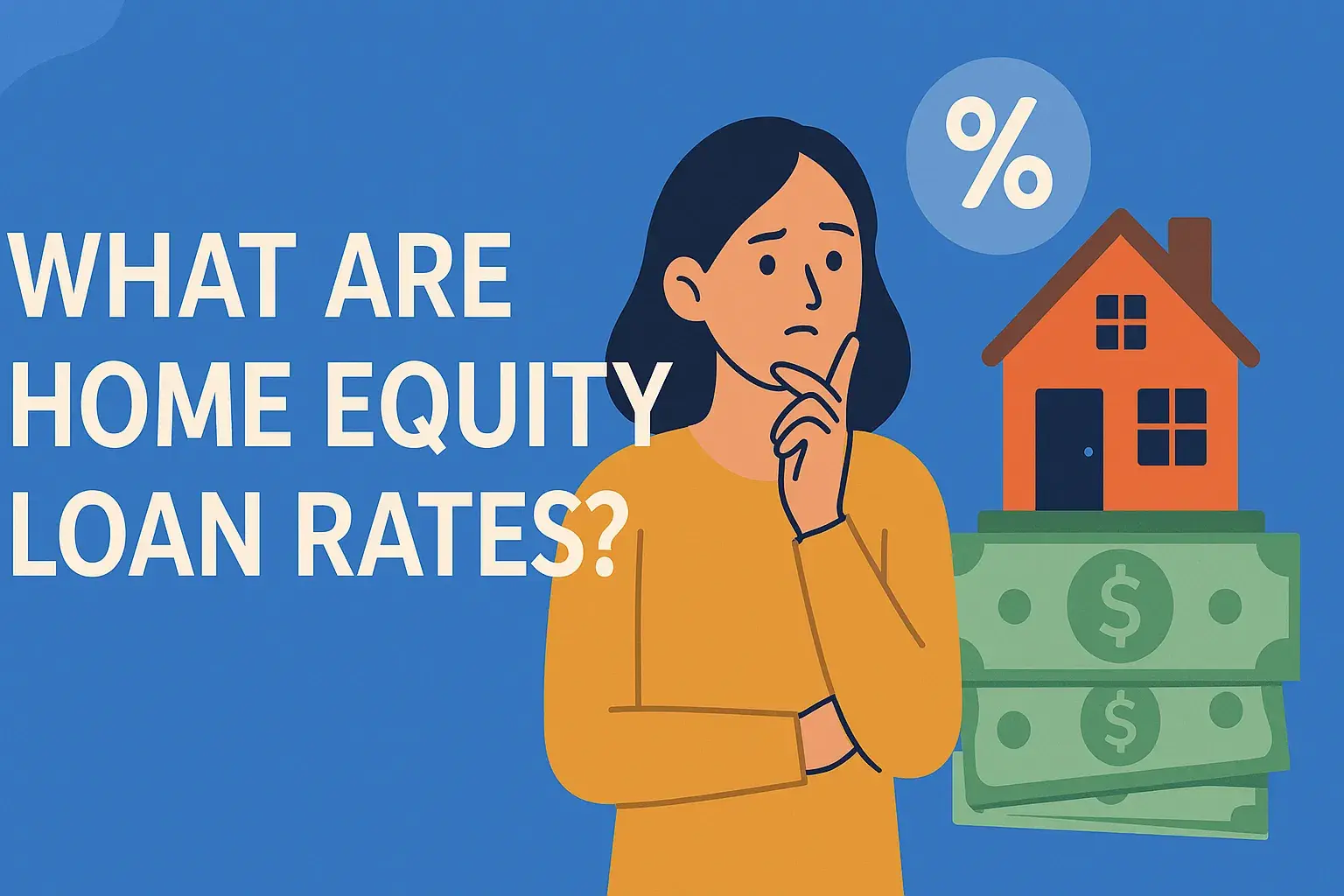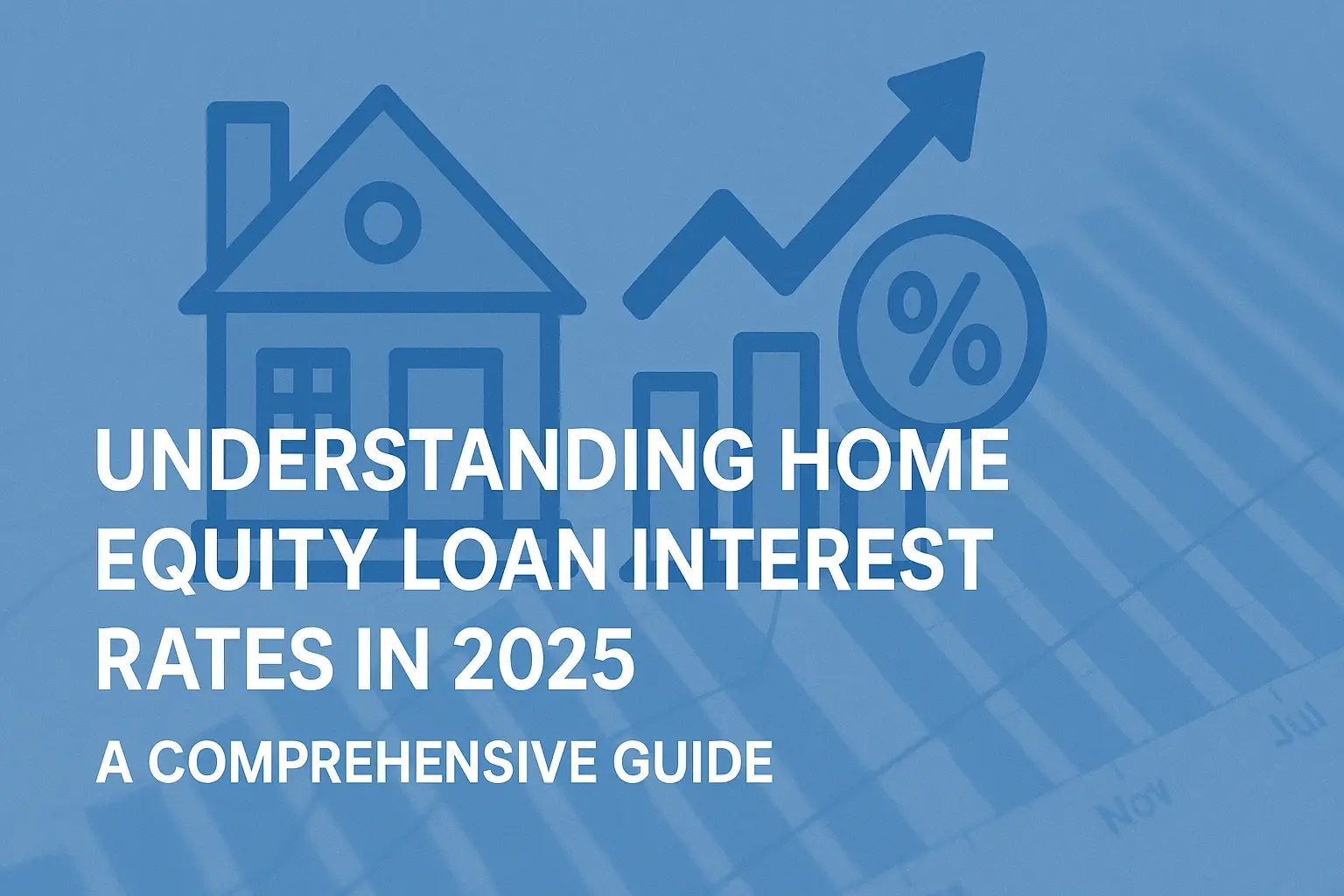-
Posted on: 09 Aug 2023

-
Navigating the world of student loans can feel overwhelming, especially when you're trying to understand the different types of loans available. Two common types of federal student loans are subsidized and unsubsidized loans. While both aim to help students finance their education, they differ significantly in terms of interest accrual and eligibility. Understanding these differences is crucial for making informed borrowing decisions and minimizing your overall student debt.
What are Subsidized Loans?
A subsidized loan is a federal student loan where the U.S. Department of Education pays the interest that accrues on the loan during certain periods. This "subsidy" makes them a more attractive option for eligible borrowers.
Key Features of Subsidized Loans:
- Interest Subsidy: The government pays the interest on the loan while you're in school at least half-time, during a six-month grace period after you leave school, and during periods of deferment.
- Need-Based: Eligibility is typically based on financial need, as determined by the Free Application for Federal Student Aid (FAFSA).
- Lower Overall Cost: Due to the interest subsidy, the total amount you repay will generally be less compared to an unsubsidized loan of the same amount.
- Direct Subsidized Loans: These are specifically available to undergraduate students with demonstrated financial need.
Eligibility for Subsidized Loans
To be eligible for a subsidized loan, you must typically:
- Be an undergraduate student.
- Demonstrate financial need, as determined by the FAFSA.
- Be enrolled at least half-time in an eligible degree or certificate program at a participating school.
It's important to note that the specific eligibility criteria and loan limits can change, so always check the official Federal Student Aid website for the most up-to-date information.
What are Unsubsidized Loans?
An unsubsidized loan is another type of federal student loan, but unlike subsidized loans, the borrower is responsible for paying the interest that accrues from the moment the loan is disbursed.
Key Features of Unsubsidized Loans:
- Interest Accrual: Interest accrues from the time the loan is disbursed, even while you're in school.
- No Need-Based Requirement: Eligibility is not based on financial need, making them accessible to a broader range of students.
- Capitalization of Interest: Accrued interest can be added to the principal balance of the loan, a process known as capitalization. This increases the total amount you repay.
- Direct Unsubsidized Loans: Available to both undergraduate and graduate students.
Eligibility for Unsubsidized Loans
To be eligible for an unsubsidized loan, you must typically:
- Be a graduate or undergraduate student.
- Be enrolled at least half-time in an eligible degree or certificate program at a participating school.
While financial need is not a requirement, you still need to complete the FAFSA to be eligible for federal student aid, including unsubsidized loans.
Subsidized vs. Unsubsidized Loans: A Head-to-Head Comparison
To further clarify the differences, let's compare subsidized and unsubsidized loans side-by-side:
Feature Subsidized Loan Unsubsidized Loan Interest Accrual During School Government Pays Interest Borrower Pays Interest Interest Accrual During Grace Period Government Pays Interest Borrower Pays Interest Interest Accrual During Deferment Government Pays Interest Borrower Pays Interest Financial Need Required Yes No Eligibility Undergraduate Students Undergraduate and Graduate Students Overall Cost Lower Higher The Impact of Interest Capitalization
Understanding interest capitalization is vital when dealing with unsubsidized loans. Capitalization occurs when unpaid interest is added to the principal balance of your loan. This can happen at the end of your grace period or after a period of deferment or forbearance. Here's why it matters:
- Increased Loan Balance: Capitalization increases the amount you owe, meaning you'll pay interest on a larger principal.
- Higher Monthly Payments: With a larger loan balance, your monthly payments will likely be higher.
- Longer Repayment Period: Capitalization can extend the time it takes to repay your loan.
To avoid or minimize the effects of capitalization, consider making interest payments while you're in school or during periods of deferment or forbearance. Even small payments can significantly reduce the amount of interest that capitalizes.
Strategies for Managing Subsidized and Unsubsidized Loans
Regardless of whether you have subsidized or unsubsidized loans, effective loan management is crucial. Here are some strategies to consider:
1. Understanding Your Loan Terms
Familiarize yourself with the terms of your loan, including the interest rate, repayment schedule, and any applicable fees. Your loan servicer is a valuable resource for this information.
2. Making Interest Payments While in School
For unsubsidized loans, consider making interest payments while you're still in school to prevent interest capitalization. Even small payments can make a difference in the long run.
3. Choosing the Right Repayment Plan
The federal government offers several repayment plans to suit different financial situations. These include:
- Standard Repayment Plan: Fixed monthly payments over 10 years.
- Graduated Repayment Plan: Payments start low and increase every two years over 10 years.
- Extended Repayment Plan: Fixed or graduated payments over up to 25 years.
- Income-Driven Repayment (IDR) Plans: Payments are based on your income and family size. These include Income-Based Repayment (IBR), Pay As You Earn (PAYE), Saving on a Valuable Education (SAVE), and Income-Contingent Repayment (ICR). These are particularly helpful if you have a lower income or high debt.
Carefully evaluate your financial situation and choose the repayment plan that best aligns with your needs and goals. The Federal Student Aid website offers tools to help you estimate your payments under different plans.
4. Consider Loan Consolidation
Direct Loan Consolidation allows you to combine multiple federal student loans into a single loan with a fixed interest rate. This can simplify your repayment process and potentially lower your monthly payments. However, it may also extend your repayment period, so carefully weigh the pros and cons.
5. Explore Loan Forgiveness Programs
Several loan forgiveness programs are available for borrowers who work in public service or other qualifying professions. These include:
- Public Service Loan Forgiveness (PSLF): Forgives the remaining balance on your Direct Loans after you've made 120 qualifying payments while working full-time for a qualifying employer.
- Teacher Loan Forgiveness: Forgives up to $17,500 of your Direct Subsidized and Unsubsidized Loans if you teach full-time for five consecutive years in a low-income school or educational service agency.
Research and determine if you're eligible for any loan forgiveness programs. Applying for these programs can significantly reduce your overall student debt.
6. Avoid Defaulting on Your Loans
Defaulting on your student loans can have serious consequences, including:
- Damaged Credit Score: Defaulting negatively impacts your credit score, making it difficult to obtain loans, credit cards, or even rent an apartment in the future.
- Wage Garnishment: The government can garnish your wages to repay the defaulted loan.
- Tax Refund Offset: The government can seize your tax refunds to repay the defaulted loan.
- Ineligibility for Future Financial Aid: You may become ineligible for future federal student aid.
If you're struggling to make your loan payments, contact your loan servicer immediately. They can help you explore options like deferment, forbearance, or income-driven repayment plans to avoid default.
Making Informed Borrowing Decisions
Before taking out any student loans, carefully consider your financial needs and future earning potential. Borrow only what you need and explore all available financial aid options, including scholarships, grants, and work-study programs. Remember that student loans are an investment in your future, but they should be managed responsibly to avoid unnecessary debt.








